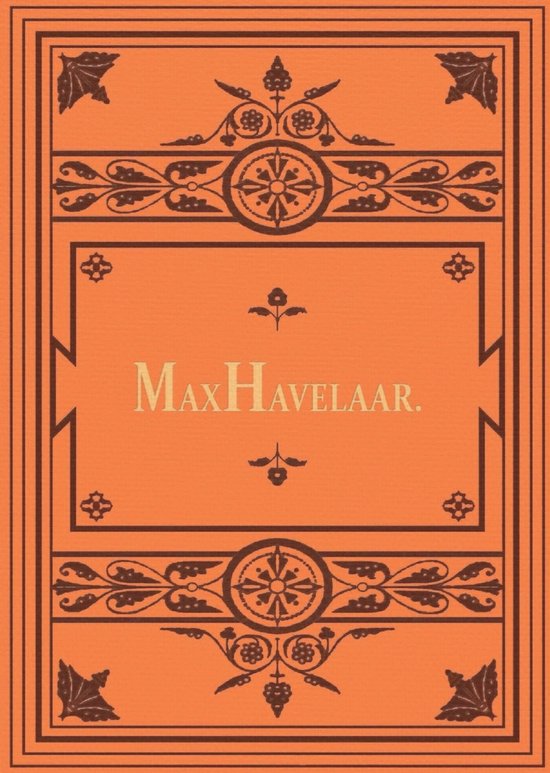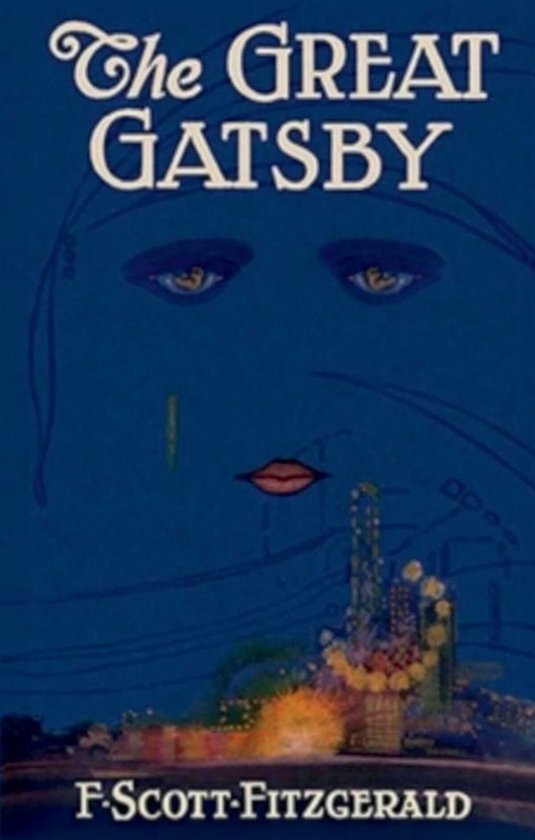
Rubaiyat
Colophon Author: Omar Khayyam Translator: Edward FitzGerald Illustrator: Elihu Vedder Commissioner: John Stonehouse Cover design: Francis Sangorski Desktop publishing: Willem v.d. Berg Printing: Pumbo B.V. The history of this book and the tragic story behind it are not less important than its contents. Omar Khayyam was famous during his lifetime in the 12th century not as a poet but as an astronomer and mathematician. Although the authenticity of all the poetry attributed to Omar Khayyam is not completely certain, Edward FitzGerald published in 1859 the English translation of 75 quatrains which with certainty belong to Omar Khayyam's pen. Edward FitzGerald's work has been published in several hundred editions and has inspired similar translation efforts in English and in many other languages. Elihu Vedder, an American painter best known for this work, undertook to illustrate Edward FitzGerald's work. His drawings in pencil, ink, chalk, and watercolor on tinted paper and his edition of the Rubaiyat were completed in an over a ten month period from May 1883 to March 1884 while in Rome. This book was immediately praised as a masterwork of art and this way Elihu Vedder secured his place as a master artist as he set the standard for the artist-designed book by creating all of its elements. In 1907 the famous bookbinder Francis Sangorski who was already highly regarded for his magnificently elaborate covers, met John Stonehouse, manager of the Sotheran Bookshop. Francis Sangorski told him about his dreams to create a magnum opus with jewelled decoration such as had never been seen before and John Stonehouse agreed to commission it. The book went under the hammer without a reserve price at the auction house Sotheby's and was taken aboard the RMS Titanic. The Titanic disaster is of course one of the most famous events of the 20th Century, yet little is known about what happened to this book in its days aboard the ship. Sangorski & Sutcliffe spent the 1930s toiling over the second copy of this book, that was finished just as war engulfed Europe. It was decided that the book needed protection from bombing raids and so it was placed in a secure vault. Subsequent air raids in 1940 and 1941 levelled nearly all the buildings in the area of the vault. Two lost books and years of lost work did not diminish Sangorski & Sutcliffe's enthusiasm and they began work on a third copy. After an estimated 4,000 hours of toil, the third copy was finally finished and presented to the British Library. The story of this book chimes neatly with the theories of Omar Khayyam, whose wisdom inspired the master craftsman to commemorate the poet-philosopher in gold, jewels and leather. It is definitely one of the most lavishly decorated books the world has ever seen.
| Auteur | | Omar Khayyäm |
| Taal | | Engels |
| Type | | Hardcover |
| Categorie | | Poëzie, Bloemlezingen & Letterkunde |





